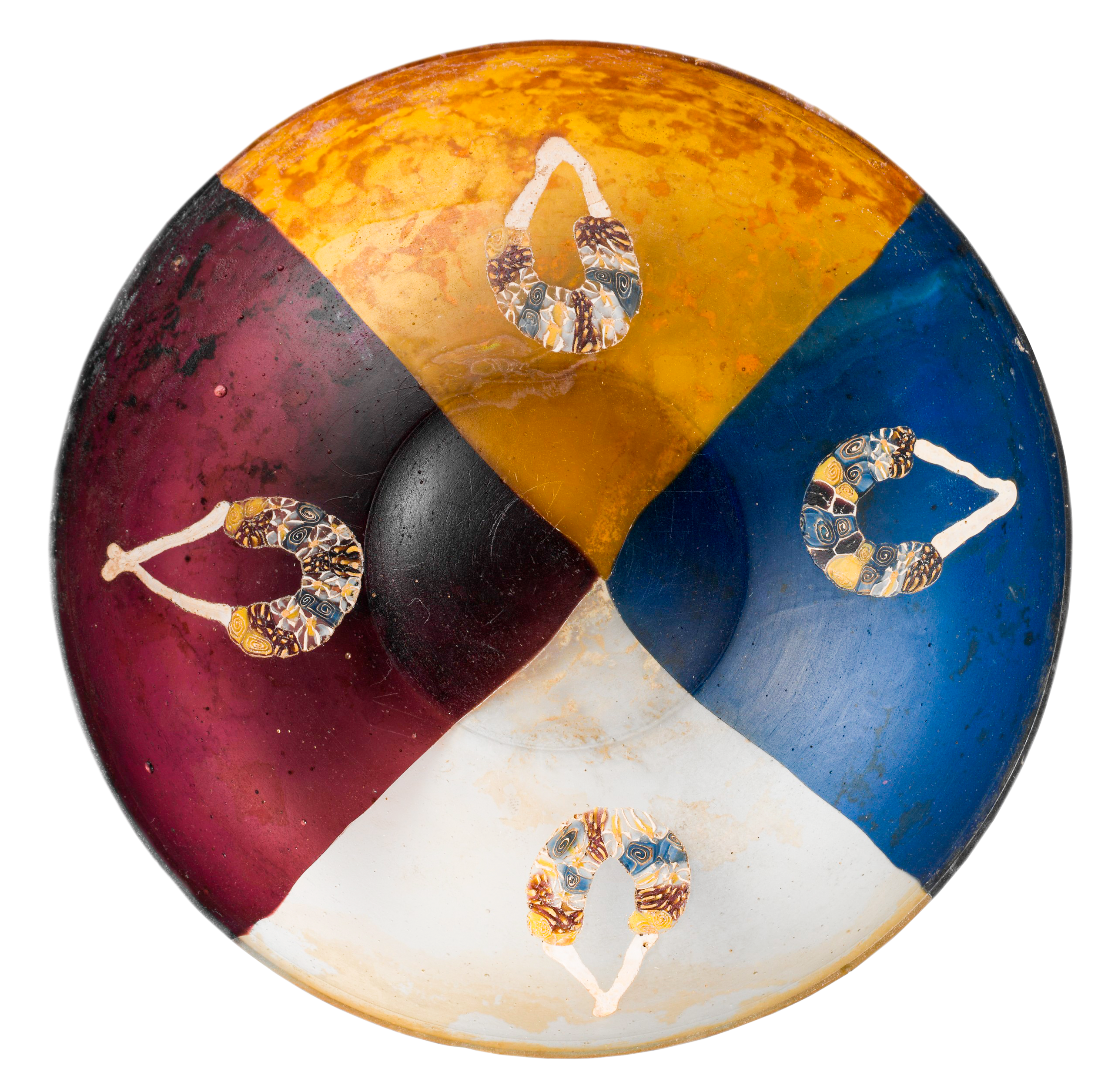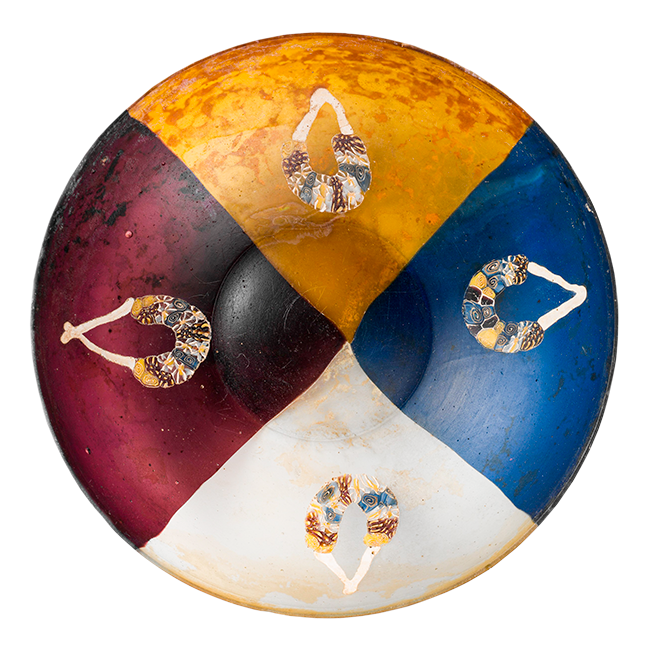Explore the exhibition
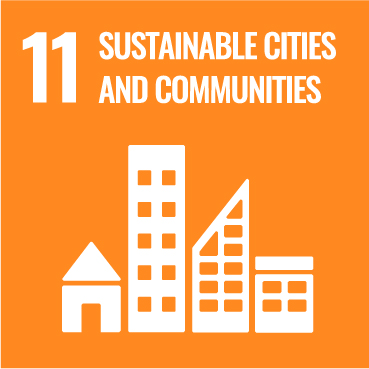
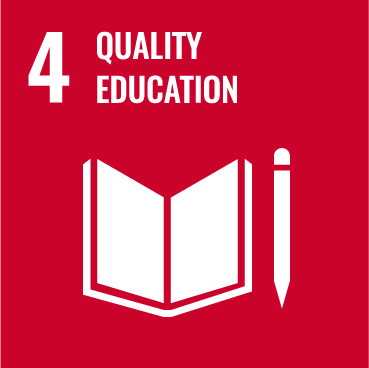


Glass museums in the 21st century
Today, museums are facing the challenge of remaining significant in a rapidly changing world. The promotion of diversity and inclusion, the defence of human rights, and the accomplishment of the Sustainable Development Goals are issues museums should address.
In this respect, telling the story of glass is a powerful tool for fomenting inclusion, participation and the vision of a peaceful, equitable, safe and sustainable world. Glass started to impact on the world many centuries ago and, consequently, it represents a unique combination of history, symbolism, technology, science, art and everyday life.
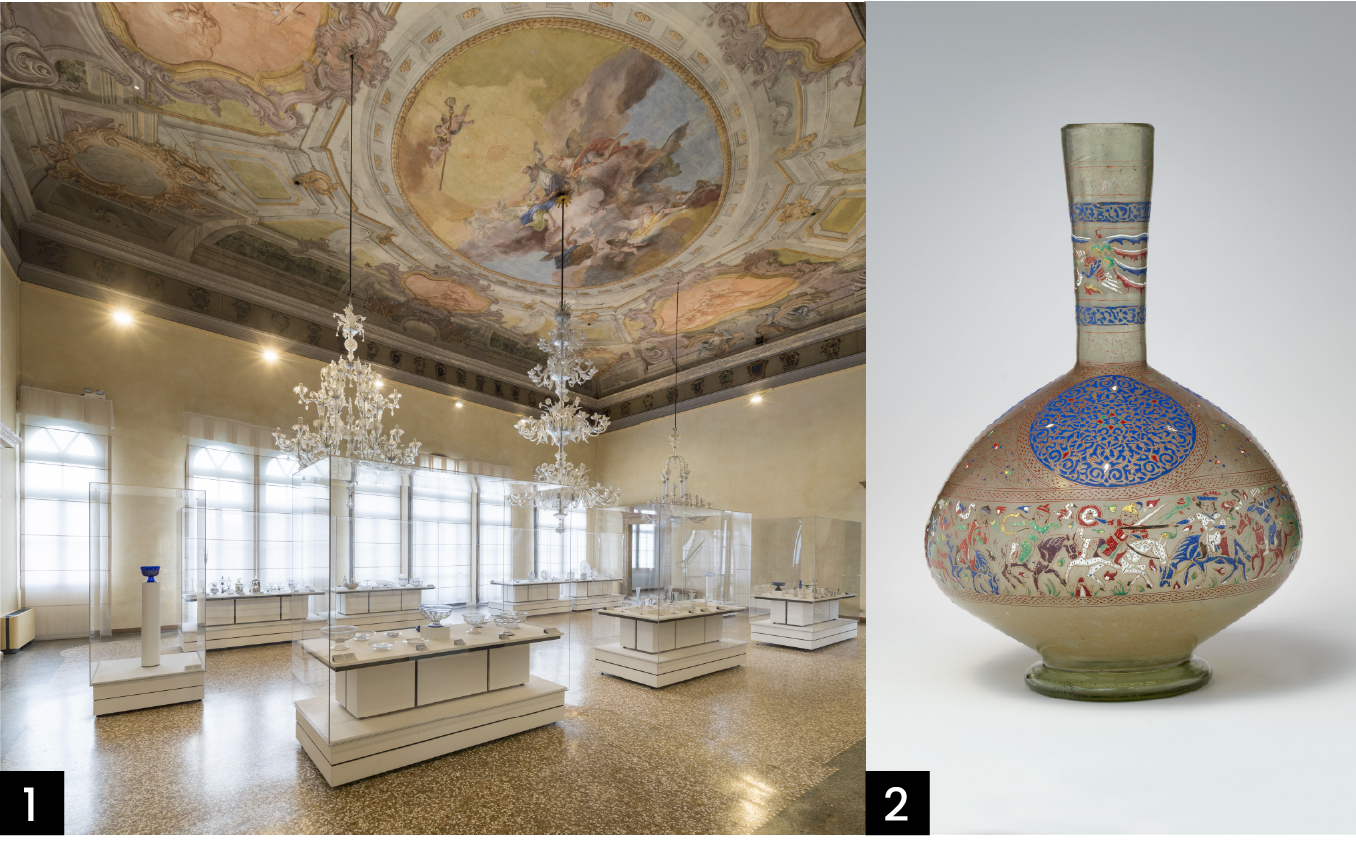



1. Large central room at Murano Glass Museum. Fondazione Musei Civici di Venezia
2. Gold-plated enamelled bottle from the end of the 18th century attributed to Egypt. Greenish glass, blown, with a folded foot, enamelled and gold-plated. The Metropolitan Museum of Art (Nueva York). Rogers Fund, 1941
3. Museo Tecnológico del Vidrio (Segovia, Spain). Fundación Centro Nacional del Vidrio
4. Roman glass dish with garlands from the end of 1st century B.C. The Metropolitan Museum of Art (Nueva York). Edward C. Moore Collection
Musealized glass factories
In many parts of the world, old furnaces or glass factories have been opened to the public as museums which display machinery, tools and collections in their original surroundings. These spaces help to mourn the demise of the industry in regions where glass was deeply rooted and to promote development and communities’ sense of identity.
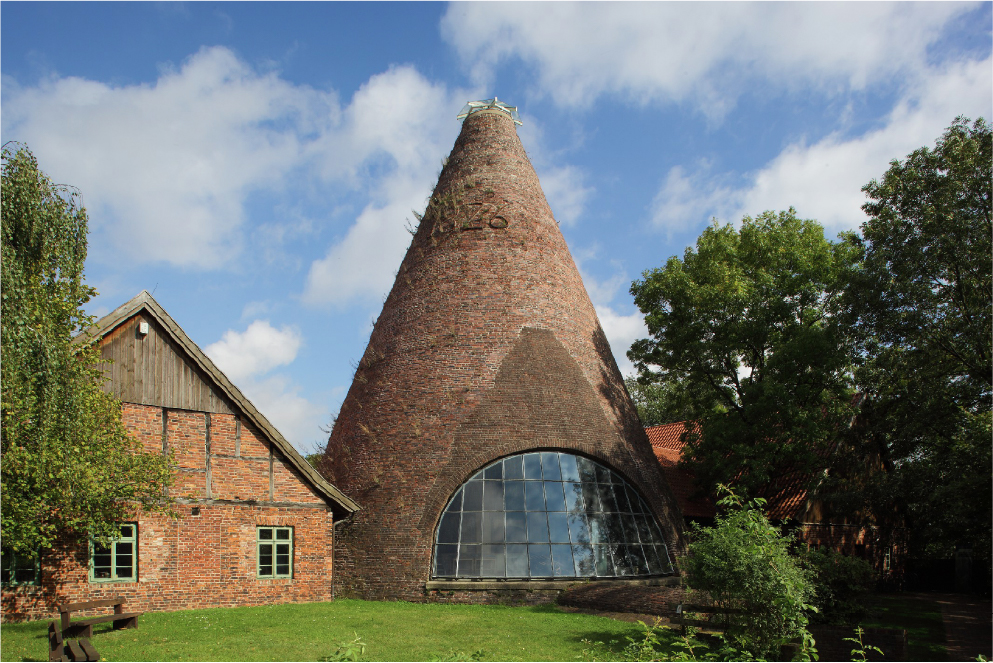

Gernheim de Petershagen glass factory (Germany) converted into the Westphalian State Museum of Industrial Heritage. Peter Hübbe-LWL
ICOM Glass
ICOM Glass is the International Committee for Museums and Collections of Glass attached to the International Council of Museums, ICOM. This international network of museum professionals related to glass fosters the sharing of knowledge and provides collaboration opportunities for its members.
Glass museums in the 21st century
Today, museums are facing the challenge of remaining significant in a rapidly changing world. The promotion of diversity and inclusion, the defence of human rights, and the accomplishment of the Sustainable Development Goals are issues museums should address.
In this respect, telling the story of glass is a powerful tool for fomenting inclusion, participation and the vision of a peaceful, equitable, safe and sustainable world. Glass started to impact on the world many centuries ago and, consequently, it represents a unique combination of history, symbolism, technology, science, art and everyday life.
Musealized glass factories
In many parts of the world, old furnaces or glass factories have been opened to the public as museums which display machinery, tools and collections in their original surroundings. These spaces help to mourn the demise of the industry in regions where glass was deeply rooted and to promote development and communities’ sense of identity.

Gernheim de Petershagen glass factory (Germany) converted into the Westphalian State Museum of Industrial Heritage. Peter Hübbe-LWL


1. Large central room at Murano Glass Museum. Fondazione Musei Civici di Venezia
2. Gold-plated enamelled bottle from the end of the 18th century attributed to Egypt. Greenish glass, blown, with a folded foot, enamelled and gold-plated. The Metropolitan Museum of Art (Nueva York). Rogers Fund, 1941
3. Museo Tecnológico del Vidrio (Segovia, Spain). Fundación Centro Nacional del Vidrio
4. Roman glass dish with garlands from the end of 1st century B.C. The Metropolitan Museum of Art (Nueva York). Edward C. Moore Collection
ICOM Glass
ICOM Glass is the International Committee for Museums and Collections of Glass attached to the International Council of Museums, ICOM. This international network of museum professionals related to glass fosters the sharing of knowledge and provides collaboration opportunities for its members.
